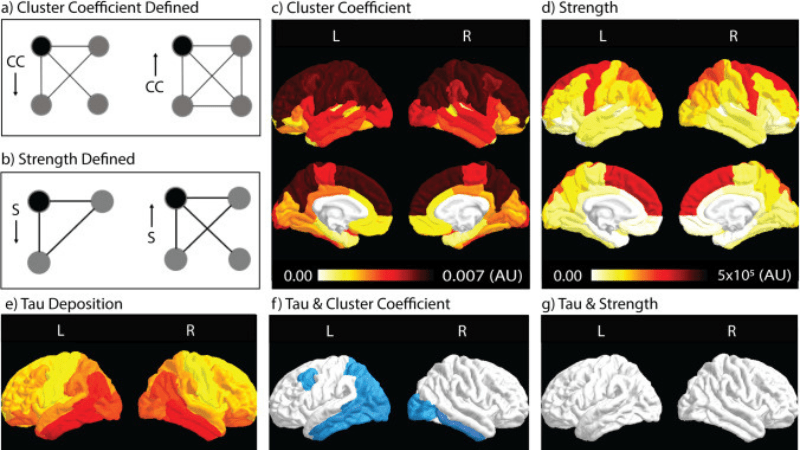Alzheimer’s disease (AD) affects as many as 5 million individuals over the age of 65 in the United States (US) and 35 million worldwide. Because of the aging population, the prevalence of AD will disproportionately increase in future years if no effective early interventions are developed. Converging evidence suggests that the pathophysiologic processes in the brains of AD patients begin decades before symptoms occur. The long preclinical phase of AD provides a valuable window for early intervention with disease-modifying therapy, if we are able to understand the underlying mechanisms of AD by identifying reliable biomarkers. Diffusion MRI (dMRI) probes microstructures of the human brain by measuring water diffusion properties at the cellular level in vivo and non-invasively, which is especially suitable for preclinical screening and monitoring disease progression for AD. Microstructural features with links to specific biologic targets, e.g., axons, glia, or extracellular substrates may provide direct insight into the pathophysiologic changes underlying neurodegenerative disorders.
